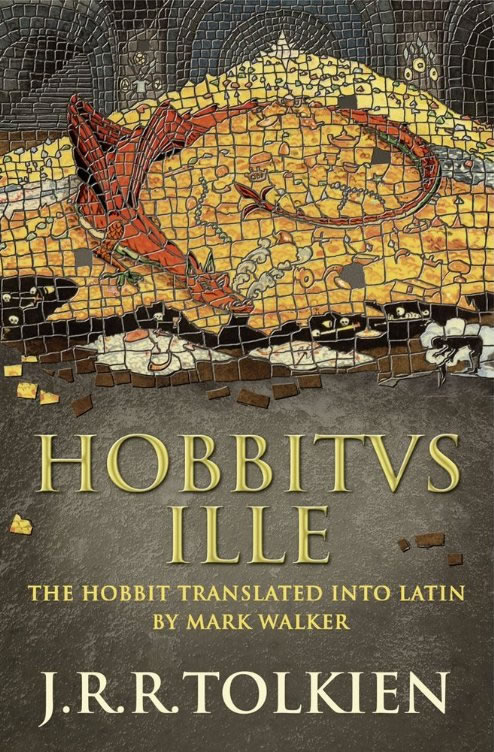Meet Biolbó Baigín: Tolkien in Translation (28.05.12 by Imogen Reed) -
Comments
In addition to his intricate and fascinating fictional creations, Tolkien remained fascinated with language and philology throughout his life and studied Old Norse at degree level, completed work on the Oxford English Dictionary and could happily be described as a dedicated logophile.
Constructing his own languages with full etymological accuracy and cogency was another of his hobbies and when you take all this into considered, it’s hard to doubt that he’d be fascinated and not doubt proud of the availability of his works in a range of languages in translation. The latest addition to this list is the publication of The Hobbit in Irish Gaelic in March this year.
An Hobad, nó Anonn agus Ar Ais Arís
The latest incarnation of Bilbo Baggins, the unlikely Tolkienian hero is Biolbó Baigín and the publishers Evertype proudly announced the launch of a fully illustrated and translated version of the tale in Irish Gaelic. The literary translator responsible for this fantastic task is Nicholas Williams who is also responsible for Eachtraí Eilíse i dTír na nIontas (Alice’s Adventures in Wonderland) by Lewis Carroll and has worked on many other classics translated into the Irish language. This new translation could be a fantastic tool for Irish schools working tirelessly to keep their language alive and with such a famous and adventurous tale available, it’s hard to see how pupils couldn’t be inspired. The book’s editor Dr. Alan Titley described the work as no more difficult in English than in Irish so those with a reasonable level of Irish should be able to enjoy the tale. Translations of favourite works have also become a popular keepsake for those who collect memorabilia relating to Tolkien’s work.
With Tolkien’s clear and announced interest in language and philology and the ability to speak and understand over twelve different language, Irish was amongst these and in fact letters discovered after his death revealed that he had a great dislike for the language and found it ‘wholly unattractive’. However, with a deep interest in the history and etymology of individual words he couldn’t discount the language as a whole and recognised both its historical and philological interest in relation to many of the languages he did consider personally interest.
Translator: Nicholas Williams
Publisher: Evertype
Publication Date: March 25, 2012
Type: hardcover, 284 pages
ISBN-10: 1904808905
ISBN-13: 978-1904808909
Hobbitus Ille
Like with his feelings regarding Irish, Tolkien claimed to avoid words with French or Latinate origins when studying and creating his own linguistic research and languages. Throughout his famous works, he frequently adapts and uses words from Old English and Germanic languages rather than French or Latinates. However, this doesn’t necessitate that a Latin translation of his work would not have been something he was pleased with as any lover of language and words would surely embrace the spread of their work in any language.
Translator: Mark Walker
Publisher: HarperCollins
Publication Date: 13 September 2012
Type: hardcover, 320 pages
ISBN-10: 0007445210
ISBN-13: 978-0007445219
The Tolkien Legacy
The number of translations of The Hobbit is increasing year on year as more and more nations are treated to the classic tale. Whether you’re reading Hobbit, czyli tam i z powrotem (Polish) or Hobit ali Tja in spet nazaj (Slovene) the story still maintains much of its original charm and wonder. The Tolkien estate is a well-kept and well-nourished machine which has no doubt seen further growth in interest as the story spreads around the globe. It’s certain that the author’s sons and family can survive thanks to his legacy and the continued interest in his works.
With new translations furthering his legacy and inviting more fans, it’s hard to see if the magic of Middle-earth will ever be quelled. Let’s hope not.
Spread the news about this J.R.R. Tolkien article:

